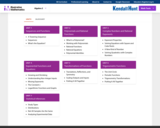
Per April
- Subject:
- Algebra
- Mathematics
- Material Type:
- Activity/Lab
- Assessment
- Full Course
- Homework/Assignment
- Textbook
- Author:
- Illustrative Mathematics and Kendall Hunt
- Date Added:
- 09/17/2020


Per April
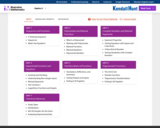
Per April
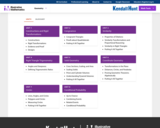
Per April
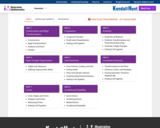
Per April
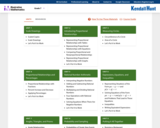
Per April
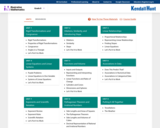
Per April
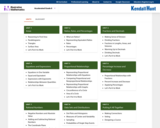
From April
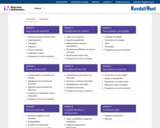
Per April
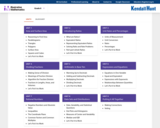
FROM APRIL
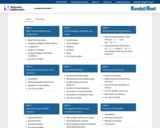
From April
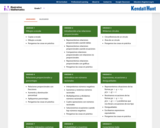
Per April
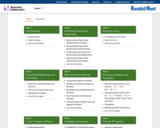
From April
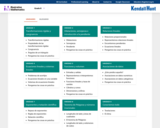
Per April
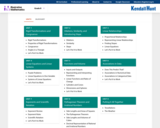
Per April

Want to learn about the Federal Reserve? Have no fear! In Plain English describes the structure and functions of the Federal Reserve System in an easy-to-understand interactive format.
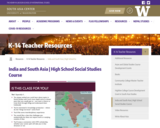
India and South Asia: From Area Studies to Ethnic Studies
Course design by Rachel Heilman, Issaquah High School.
Developed with the support of Sunila Kale (Associate Professor of International Studies) and the South Asia Center (Henry M. Jackson School of International Studies, University of Washington), with funding from the U.S. Department of Education National Resource Centers Program.
Dear Colleague,
I hope you are able to implement some version of this course at your institution! I have it aligned to Washington State Social Studies Standards, but it is right in line with Common Core-driven expectations and should fit well with any state’s standards. This course also very much supports the new Washington Ethnic Studies Framework.
––Rachel Heilman, March 2022
Course Description
How can understanding a particular region both shape and enhance our understanding of ourselves and the world around us? As we gain knowledge, how do we both recognize and cross the political boundaries we see on maps? In this one-semester course we will use an interdisciplinary approach to examine India and wider South Asia as we work to conceptualize the ways people, power, geography, and the past shape the region. For the purposes of this course South Asia will include Bangladesh, Bhutan, India, Maldives, Nepal, Pakistan, and Sri Lanka. In our role as global citizens we will also expand our inquiries to the web of connections between South Asia and our own individual and social identities.
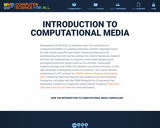
Developed by the NYCDOE CS education team, the Introduction to Computational Media is a yearlong (108 hours) creative computing course for high schools using the open source Javascript library p5.js. By understanding how code can be a medium for creative expression, students will learn the fundamentals of computer science while designing and prototyping interactive projects that run on a browser. Additionally, students will learn how HTML/CSS elements can interact with p5.js to fully take advantage of developing content for a browser. This course has been implemented in NYC schools via CS4All’s Software Engineering Program (SEP), revised by classroom teachers with guidance from the Processing Foundation, and aligns with the CS4All Blueprint for CS education that emphasizes a hands-on CS approach called creative computing. Watch this video and view this fact sheet for more information.
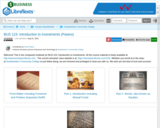
Investing is not as difficult as you think; we will show you how. (Speculating and trading are very, very difficult; we can't help you with those. Sorry.) After you have taken this course, you will have a strong foundation of the most important financial investments. We cover stocks, bonds, mutual funds, short-term investments (a.k.a. "cash"), hybrid instruments, and a few others. We want to emphasize that this is an introduction class. You do not need any prior investment experience. We start from the very beginning with the question, "What is an Investment?" Come join us! (http://www.wonderprofessor.com/123)
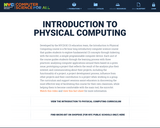
Developed by the NYCDOE CS education team, the Introduction to Physical Computing course is a 54-hour long introductory computer science course that guides students to explore fundamental CS concepts through tinkering with the micro:bit, a simple programmable computer device. Each unit of the course guides students through the learning process with three practices: analyzing computer applications around them based on a given issue; prototyping a project that reflects the result of the analysis plus their interest; and communicating about their projects, including the functionality of a project, a project development process, influence from other projects and their contribution to a project when working in a group. The curriculum and support sessions assist educators in discovering the most effective way of facilitating this course for their own classroom, while helping them to become comfortable with the main tool, the micro:bit.
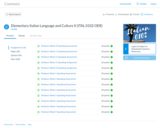
This OER is a second-semester online language and culture manual designed for students in higher education. It follows a 14- or 15-week semester. Registration to Canvas Commons is required but free. This OER features online grammar and vocabulary practice and interactive assessment of various kinds.